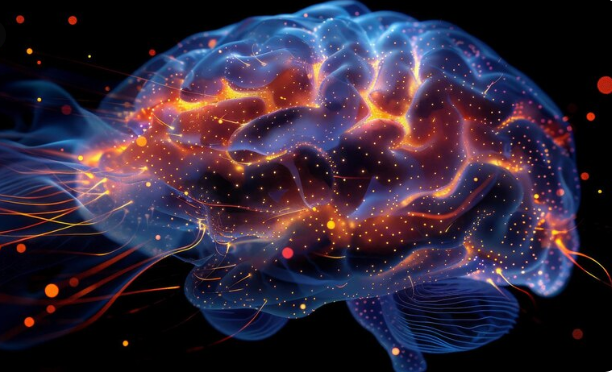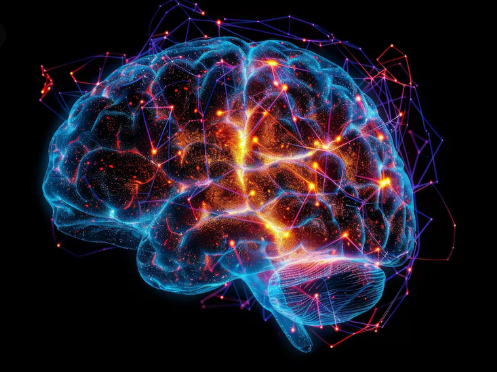Every time you open a book, scan a sentence, or absorb an article, you activate some of the most complex neurological pathways ever developed by the human species. According to cognitive neuroscientist Maryanne Wolf, reading is not an innate ability—but rather a learned, transformative process that reshapes the very architecture of our brains.
In this deep dive, we explore how the act of reading has altered the way humans think, how different languages impact brain activity, the importance of early childhood exposure to language, and the threats posed by digital reading habits. Based on insights from Wolf’s seminal work Reader, Come Home and other scientific studies, the story of reading is one of innovation, adaptation, and immense cognitive power.
The Invention of Reading: A Neurological Revolution
Unlike speech, which emerges naturally in humans, reading had to be invented. Historical records trace the first writing systems to around 3300 BCE, with the Sumerians in Mesopotamia using cuneiform symbols pressed into clay. These early symbols were not just visual icons—they required readers to associate shapes with concepts, emotions, and sounds.
Wolf explains that reading “recycled” previously existing brain circuits designed for object recognition and transformed them into a complex network capable of linguistic decoding, abstraction, and conceptual mapping. Through this repurposing, reading became an entirely new brain function, born not of biology but of cultural necessity.
In 1989, a research team measured brain activity in subjects as they viewed various symbols—some meaningful, others random. Real words lit up widespread areas of the brain, particularly those associated with visual processing and phonological decoding. In essence, one word could ignite an entire constellation of memories, meanings, and emotional associations.
Language and Brain Activity: Different Scripts, Different Circuits
The type of language a person learns has a significant effect on brain development. For example, Chinese, with its logographic characters, activates different regions of the brain compared to alphabetic languages like English or Portuguese.
A famous case from 1930s China highlighted this phenomenon: a man who suffered a stroke lost the ability to read Chinese, but retained his ability to read English. This pointed to the distinct neural demands of Chinese script, which engages areas related to visual memory and spatial recognition far more intensely than alphabetic systems.

Wolf suggests this proves that reading is not a singular function, but one tailored by cultural and linguistic demands.
Early Childhood: Laying the Foundation for a Literate Brain
The path to fluent reading begins long before formal education. When children are read to in infancy—listening to stories, looking at picture books—they begin to construct emotional and linguistic frameworks that will later support reading comprehension.
Reading to young children fosters empathy, imagination, and narrative thinking. In contrast, neglecting reading in early life can have significant developmental consequences. One landmark 1995 study suggested that children from low-income households hear up to 30 million fewer words by age three than their middle-class peers—a gap that can create lifelong disparities in literacy and academic success.
While subsequent studies have nuanced this claim, the core idea remains: vocabulary exposure and narrative engagement in early years are critical for building a robust cognitive infrastructure for learning.
Digital Disruption: The Decline of Deep Reading
Wolf warns that the rise of digital media is threatening what she calls “deep reading”—the immersive, slow, and reflective engagement with text that encourages critical thinking and complex understanding.
Modern habits like scanning articles, browsing headlines, and flipping through social media feeds train our brains for superficial engagement. When reading becomes skimming, we begin to lose the ability to analyze, empathize, and immerse.
Research shows that this kind of reading activates fewer neural pathways. According to Wolf, “When you just skim the text, you miss not only facts but the beauty of language, the complexity of the author’s argument, and your own reflective response.”
She also cites studies showing that children introduced to screens too early or exposed to excessive digital stimuli may develop shortened attention spans and lower reading comprehension.
The Role of Adults: Modeling Reading Behavior
One of Wolf’s key messages is that children will not develop a love for reading unless they see adults reading, too. Parents and educators must serve as role models, reading aloud and demonstrating that books can be both sanctuaries and sources of joy.
To foster deep reading, Wolf suggests:
- Setting aside daily time for quiet, uninterrupted reading
- Limiting screen exposure, especially in early childhood
- Engaging children with stories and books rich in language and ideas
“We must help children discover that reading can be a sanctuary,” she writes. “It must be experienced as a place where they learn to think for themselves.”
Dyslexia: Understanding Reading Difficulties
Wolf, who is also the mother of a child with dyslexia, leads a research center focused on understanding and supporting dyslexic readers. Dyslexia, which affects an estimated 4% to 10% of the global population, is characterized by difficulties in phonological processing, spelling, and word recognition.
Often misunderstood as laziness or low intelligence, dyslexia actually stems from neurological differences. Dyslexic readers may use alternate brain pathways or have delays in connecting phonemes to written symbols.
Wolf recounts a common narrative experienced by dyslexic children worldwide: entering school with enthusiasm, struggling to decode language, being misunderstood by teachers and peers, and ultimately internalizing a sense of failure.
Yet many individuals with dyslexia are exceptionally creative. Figures such as Leonardo da Vinci, Albert Einstein, and Thomas Edison are believed to have had dyslexic traits.
Wolf emphasizes that the key to supporting dyslexic children is early intervention, compassionate teaching, and recognizing the strengths these children often possess—particularly in creativity, big-picture thinking, and problem-solving.
Conclusion: Preserving the Deep Reading Brain
Reading is not merely a skill—it is a biological and cultural marvel that reshapes the human brain. As we move deeper into a digital age, the challenge will be to protect this precious neurological achievement.
Wolf advocates for a renewed literacy culture—one where books are prioritized, reading is modeled by adults, and children learn that literacy is not a chore but a gateway.
“If we fail to preserve deep reading,” she cautions, “we risk raising generations that can decode words but cannot reflect, critique, or imagine.”

